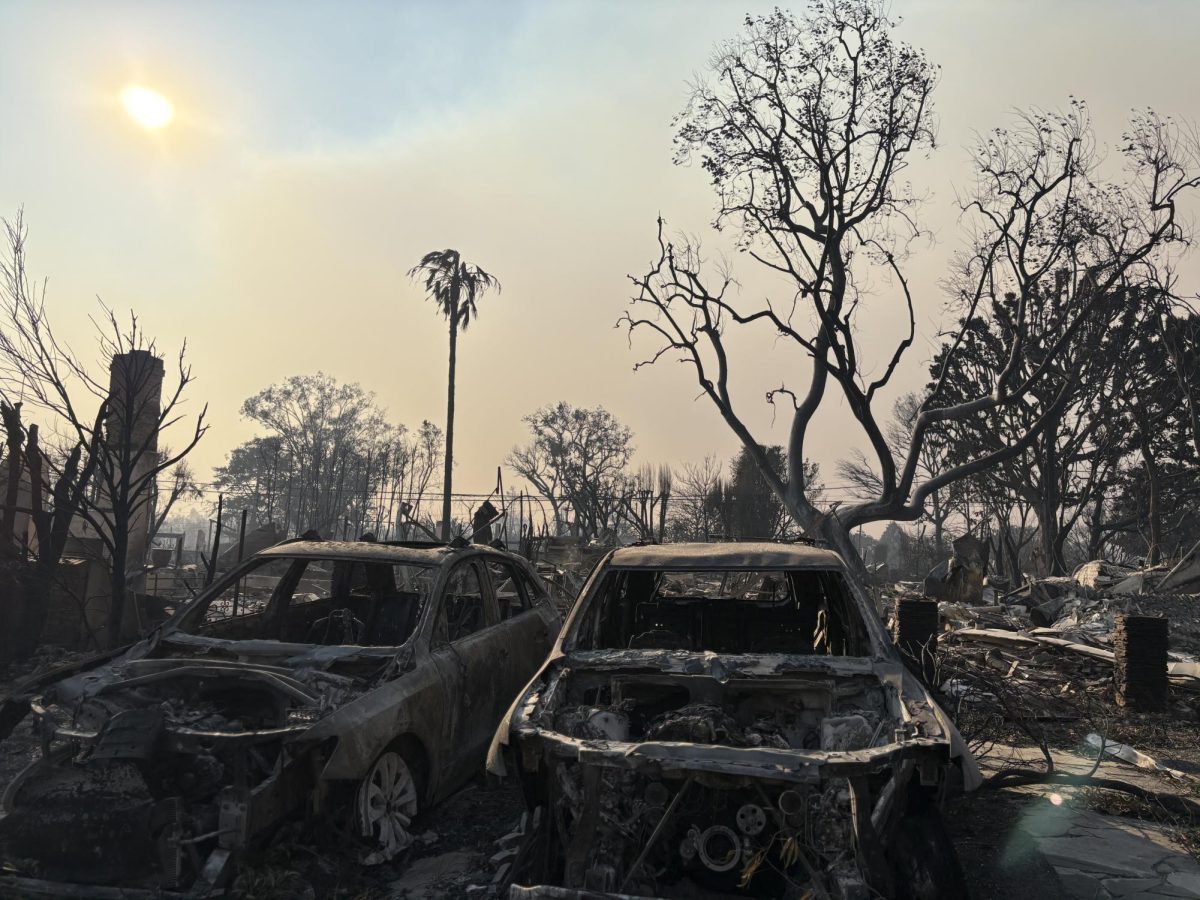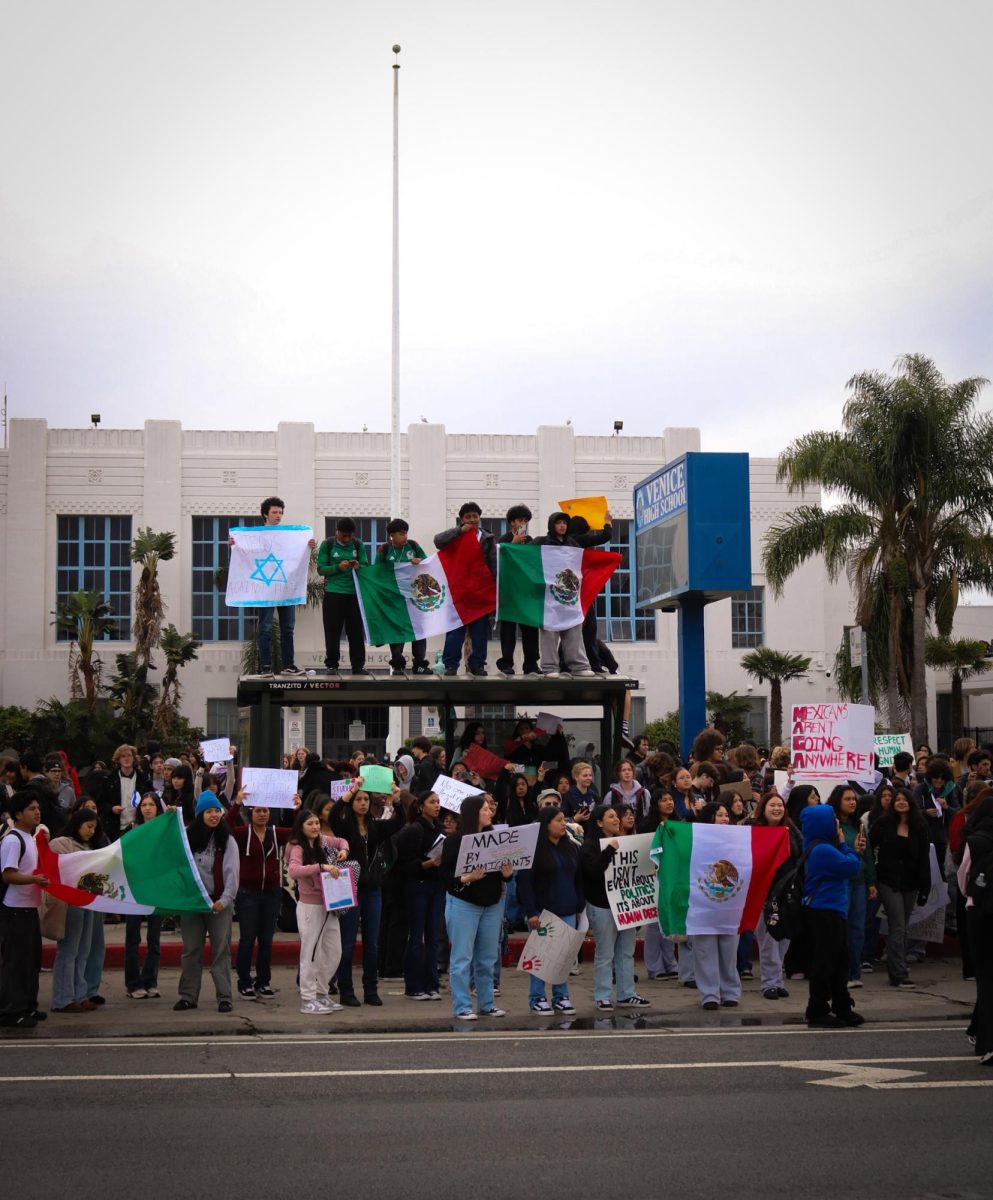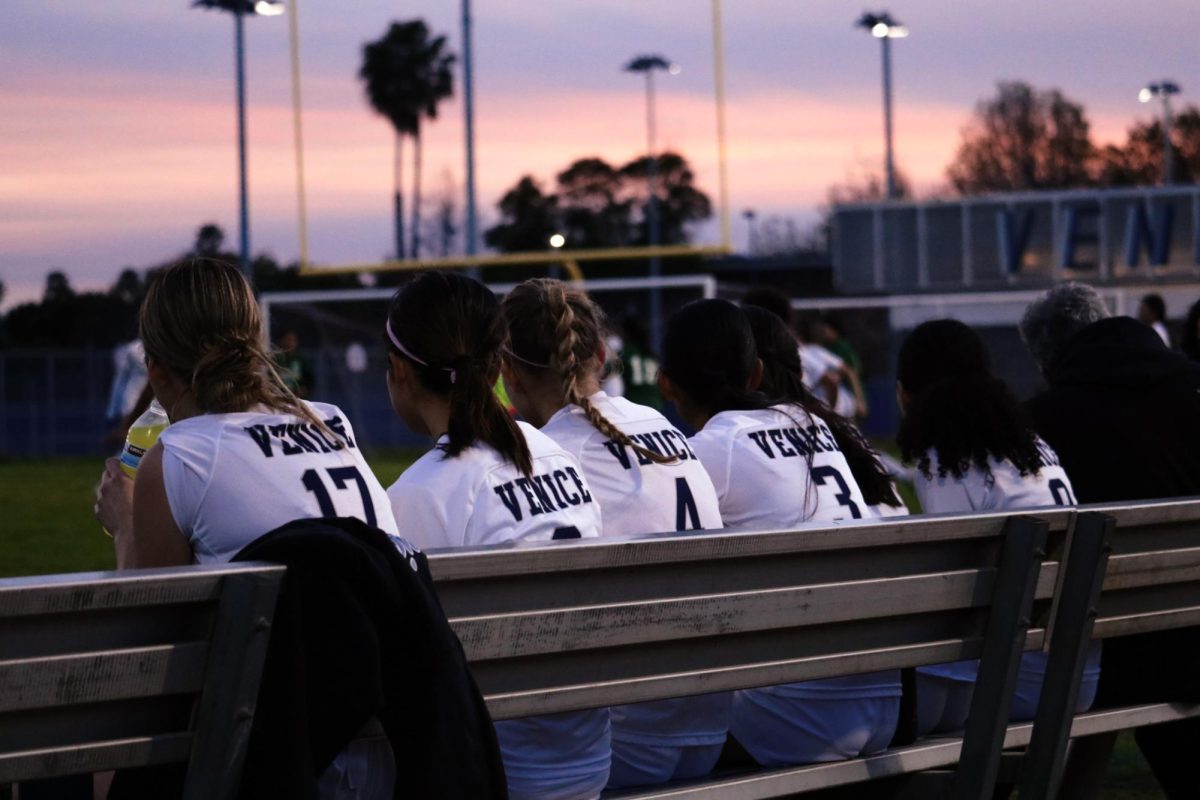El Niño-Southern Oscillation (ENSO) is a natural phenomena where wind patterns and sea temperatures change across the Pacific Ocean, affecting the climate surrounding these regions. ENSO consists of two phases that usually last between one to two years, El Niño and La Niña, which both have different and extreme weather conditions that should not be ignored.
However, a rare triple La Niña event has occurred where we have had La Niña last for three consecutive years. This rare event has only happened twice since 1950, and has caused severe damages. Australia and Sydney saw severe flooding and record-breaking rainfall in 2022 which also contributed to an active hurricane season. This event has also led to an increase in droughts seen in the United States and East Africa.
The triple La Niña event itself has contributed to more than $1 trillion dollars of damages worldwide affecting many lives in its destruction. Unfortunately, even with this event being over we are experiencing a quick transition to El Niño. This transition to El Niño will result in harsh and unwelcoming conditions to California.
El Niño is expected to create 10 times more damage in storms and floods for California than La Niña. The average El Niño costs the global economy about $3.4 trillion dollars. Despite this, we are expecting a moderate to severe El Niño season which can contribute to more damages than expected.
AP Environmental Science teacher, Esmeralda Lopez, says “Something we can expect to see during an El Niño season is often wetter and milder conditions to the southern parts of the country, including increased rainfall.”
“Given the increased rainfall, El Niño can bring relief to regions suffering from droughts, lead to a reduced risk of wildfires, and help replenish water reservoirs and groundwater, which is essential for agriculture, drinking water, and the environment,” she said.
However, Lopez said El Niño can also “lead to heavy rainfall and flooding, causing property damage and accidents and disrupt fishing patterns and marine ecosystems, affecting livelihoods.”
“El Niño typically brings more rain to Southern California,” she said.
“This can help ease drought conditions but may also lead to potential flooding and mudslides, especially in areas prone to weathering and erosion or with poor drainage systems. Transportation networks, such as key roads, might also be affected.”
Some students like what El Niño has to offer and don’t mind the consequences that it can bring.
“El Niño is tons of fun cause I love rain and I only like fish so much. I can stand some worse fishing if it means I get a nice, rainy, winter season,” said senior Sod-Erdene Gadal, a student in the class.
“ El Niño is a positive thing because increased rainfall can help drought conditions and reduce Atlantic hurricane conditions,” said senior Heavyn Brown, a student in the class.
According to Lopez, the best way to prepare for El Niño is to…
– Be ready for possible power outages
– Stay informed about weather forecasts and advisories from authorities
– Have an emergency kit with essentials like food, water, and first-aid supplies
– Have all important documents in an easily accessible area or scanned in a flash drive
– If your family drives, make sure the car/s have functional windshield wipers, lights, and brakes
This transition to an El Niño season is not something to take lightly. Informing others about the consequences that this upcoming season has will bring better awareness for the severity of the El-Niño Southern Oscillation phases to the general public. This will lead to better preparation in case of sudden weather changes that El Niño can bring to help minimize damages.









